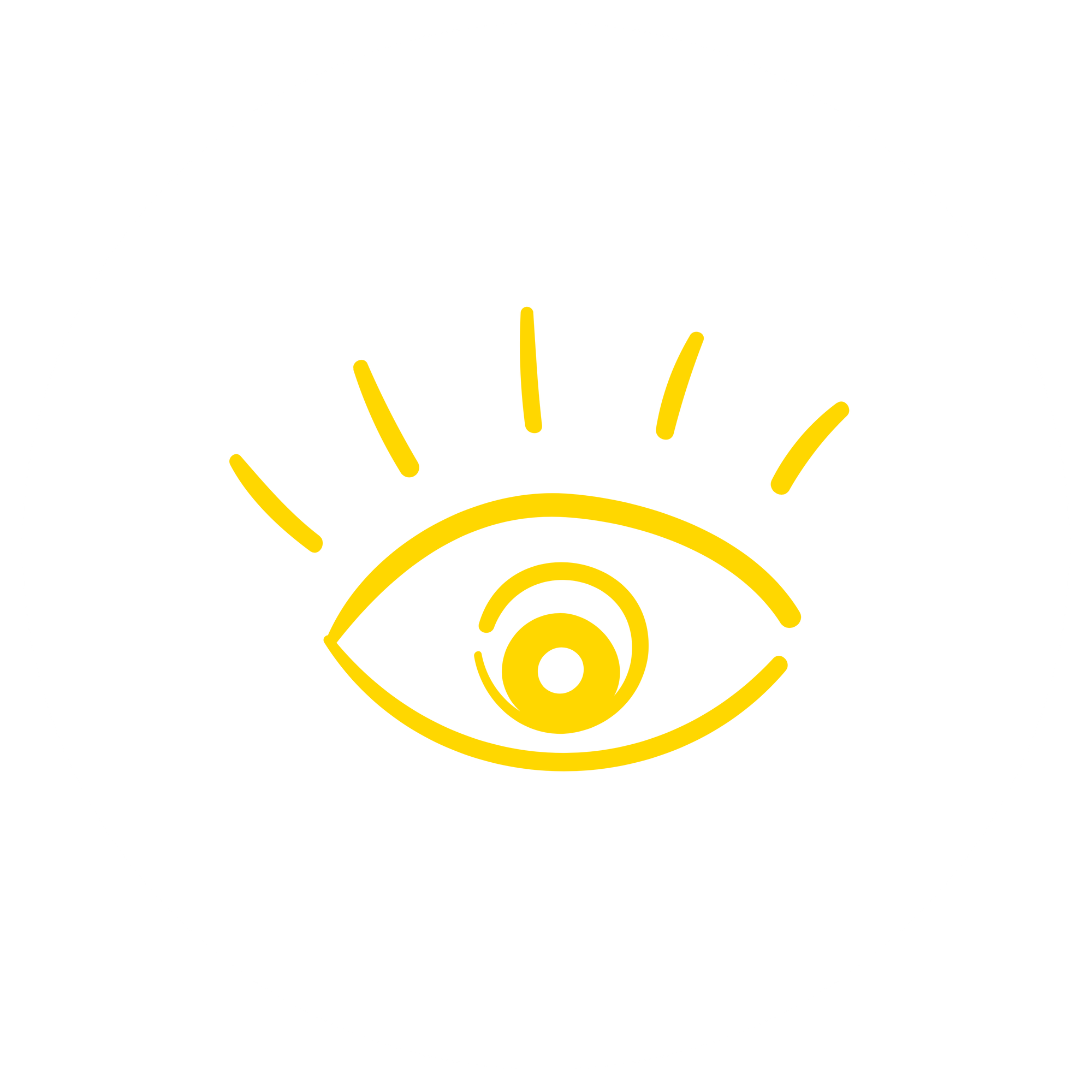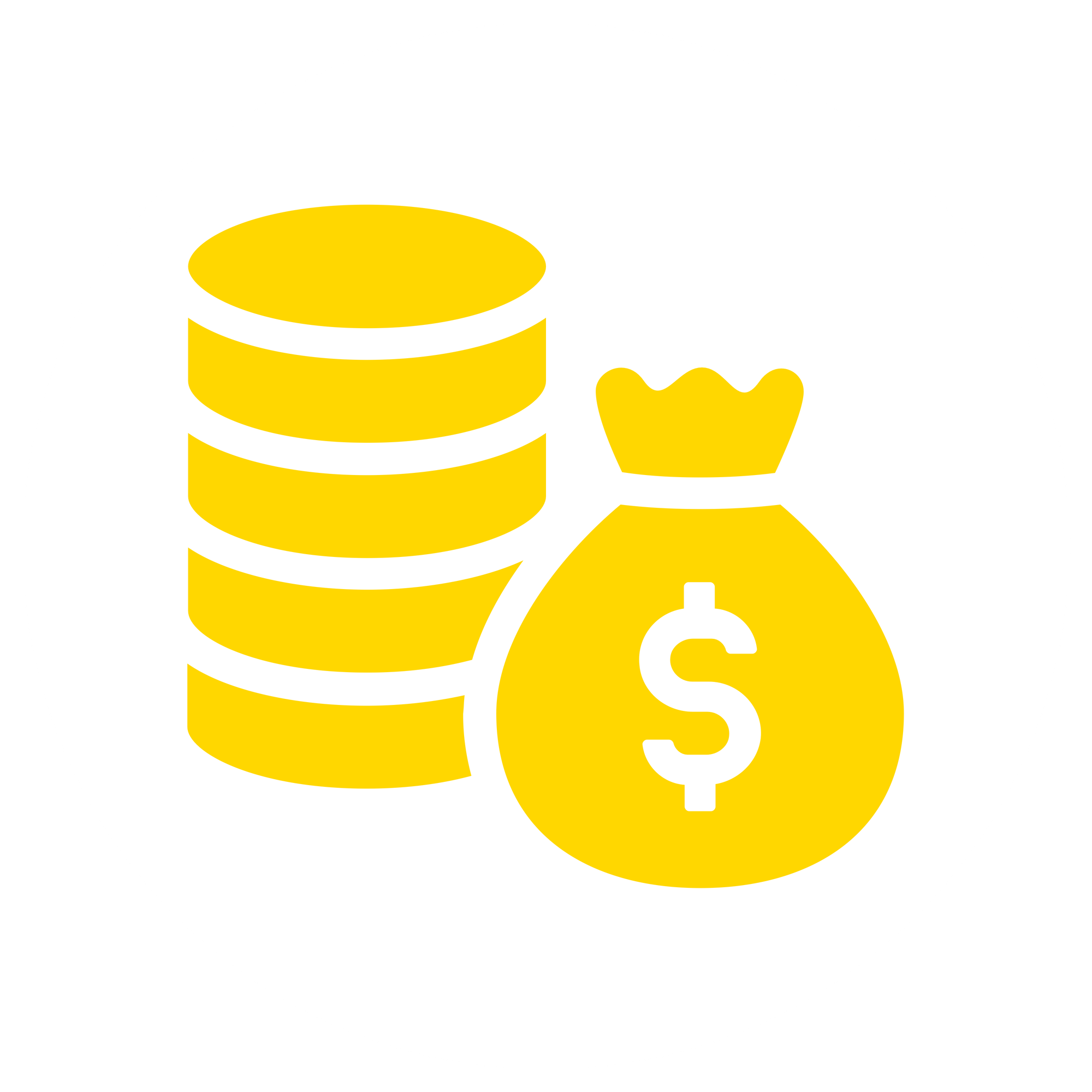Now that we understand how to construct an economy (network of networks), and that we can create and exchange value between entities (identities), we can more precisely define and understand how money works.
Ledger
As we discovered before, the goal is to track value creation and value exchange, and this is done through a proxy: record keeping. Instead of actually doing the work of barter, the system (network) simply makes entries in a book keeping system, treating the task as that of tracking credits and debits against all the entities involved.
This simple ledger should be highly secure as it has personally identifiable data about buyers and sellers.
Money
There are two types of entries in the ledger - a debit and a credit. When money moves out of your account, you incur a debit entry, and when money flows into your account, you accrue credits.
This just means that when someone else comes asking if you're good for a certain amount, the ledger can answer the query, or if you wanted to pay someone for something, you'd debit your account for the amount, and credit theirs.
Credit is stored value and debit is spent value. The ledger tracks both across all participants of the economy. The ledger also tracks credit and debit in the form of assets and liabilities, which are in turn valued using money in various currencies.
Cash
Liquid cash such as printed notes and other easily spendable assets are cash and cash equivalents. For instance, any US dollar bills you have lying around or dollars sitting in your bank account or ownership of treasury bills (debt owed by the US government), are all essentially liquid cash.
The traditional definition of cash is the printed bills of any currency.
Credit
If you do not have money, someone can lend it to you in the form of credit. You have to pay back whatever you borrow, and it could be at various interest rates. When you have available credit, it shows up as cash as it is a cash equivalent.
Debt
When you have taken money from someone, you have taken on debt, and the ledger will show debits to your account that represent the loan, while also showing credits that represent the money.
Currency
And the units of money, the notional denominations that represent amounts of money, is called currency. Examples of fiat currency are the US Dollar, the Euro, the Japanese Yen, and so on. Examples of digital currencies are Bitcoin and USDT.
Issuer
In the case of fiat currencies, the issuer is a government, and in the case of cryptocurrencies, the issuer can be a private company or a decentralized organization or even an individual.
Treasury
When the ledger maintains a meta account for businesses that manage payments to their vendors and partners and so on, this meta account is the Treasury Account. It manages money prior to netting proceeds to various partners, acting as a clearinghouse of sorts, including managing inbound sales transactions, returns, and so on, sitting on top of merchant accounts and corporate accounts.



